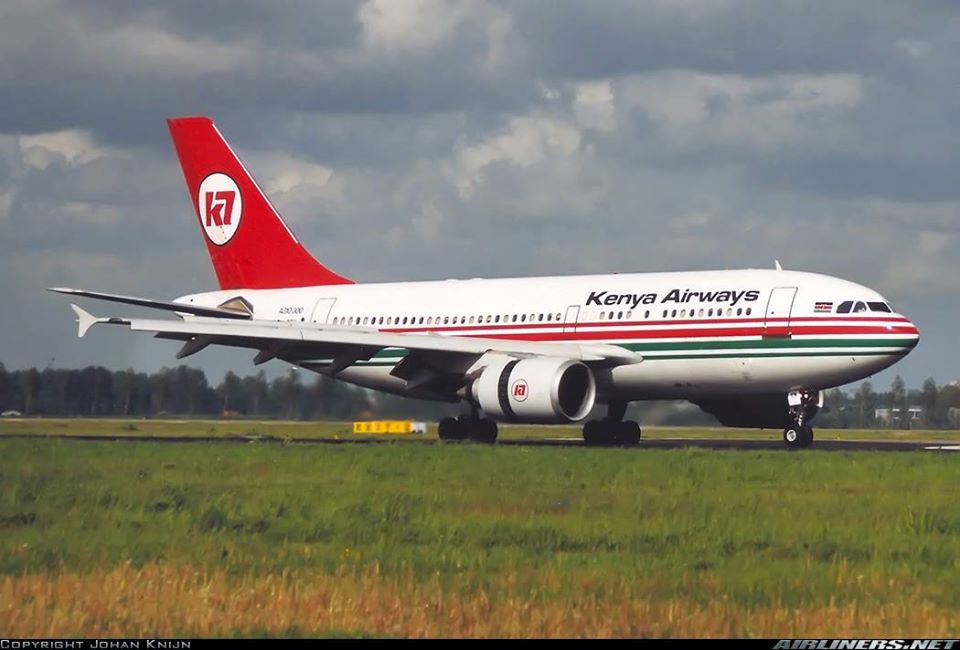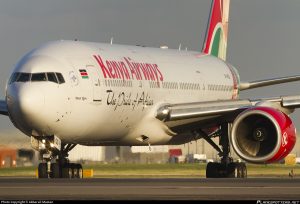In the world of aviation, airlines constantly evaluate and adapt their fleets to ensure safety, efficiency, and customer satisfaction. One pivotal moment in Kenya Airways history that significantly influenced its fleet composition occurred in 2000 with the tragic incident involving Flight KQ431, an Airbus A310. This blog post explores the details of the incident, the subsequent investigations, and how it shaped Kenya Airways’ decision to retire its Airbus A310s and transition to a new era with Boeing and Embraer aircraft.
The KQ431 Incident

On January 30, 2000, Kenya Airways Flight KQ431, operating an Airbus A310, experienced a fatal crash near Abidjan, Côte d’Ivoire. The investigation revealed that a false stall alarm had occurred, leading to a catastrophic nose dive. The aircraft failed to recover, resulting in the loss of all 169 lives on board and only 10 survivors.
Root Cause Analysis

The investigations that followed pointed to a critical discrepancy in training procedures between Airbus and Kenya Airways pilots. While Airbus recommended applying Takeoff/Go-around (TOGA) thrust in response to a false stall alarm, Kenya Airways had instructed its pilots to push the nose down to gain speed. In the specific incident, the pilots deviated from Airbus’s procedure, contributing to the tragic outcome.
Responsibility and Fallout

The aftermath of the crash saw a blame game between Kenya Airways and Airbus. Kenya Airways attributed the incident to faulty sensors, while Airbus pointed to the pilot’s failure to follow standard procedures.
In the end, Kenya Airways took responsibility for the crash, compensating the affected families and acknowledging the need for changes in training and fleet composition.
Fleet Evolution

In the wake of the KQ431 incident, Kenya Airways faced a pivotal decision regarding its fleet composition. The airline chose to retire all its Airbus A310s, marking the end of an era with the European manufacturer. Instead, Kenya Airways turned to Boeing and Embraer to rejuvenate its fleet.
Boeing and Embraer Integration
The decision to embrace Boeing and Embraer aircraft was likely influenced by several factors. Boeing’s reputation for safety, reliability, and diverse fleet options aligned with Kenya Airways’ commitment to enhancing operational efficiency and passenger confidence. Embraer’s regional jets were also integrated into the fleet, catering to specific market needs and route optimization.
Safety Enhancements and Training
Post-KQ431, Kenya Airways implemented rigorous safety enhancements and standardized training procedures to align with international best practices. This included a renewed focus on adhering to aircraft manufacturers’ recommended procedures and ensuring that pilots were well-equipped to handle challenging situations.
Thoughts?
The retirement of the Airbus A310s marked a turning point for Kenya Airways, shaping the airline’s commitment to safety, transparency, and passenger trust.
The tragic incident with Flight KQ431 prompted introspection, and improvements, and ultimately paved the way for a modernized fleet. As Kenya Airways continues to evolve, the lessons learned from the past contribute to a safer and more resilient airline, ready to face the challenges of the future.
As Kenya Airways (KQ) continues its journey through the skies, the airline remains steadfast in adapting to the ever-evolving demands of the aviation industry. In a recent development, on December 20, 2023, KQ took a strategic step by signing a short-term lease agreement with Hi Fly, one of the world’s leading lease and charter specialist airlines. The move aimed to bolster operational efficiency during the peak festive season and address capacity constraints in the face of growing demand.
The Short-Term Lease with Hi Fly
Under the Aircraft, Crew, Maintenance, and Insurance (ACMI) lease agreement, Kenya Airways welcomed an immediate addition to its fleet—an A330 Airbus from Hi Fly. This collaborative effort was designed to not only enhance operational efficiency but also to meet the heightened demand for air travel during the festive season.
The spacious Airbus A330 can accommodate 299 passengers, distributed among 24 seats in the business cabin and 275 in the economy class. Being a wide-bodied aircraft, it enhances the current cargo capacity by adding extra space in the belly.
Links
Check out the guide to Nairobi Airport JKIA




